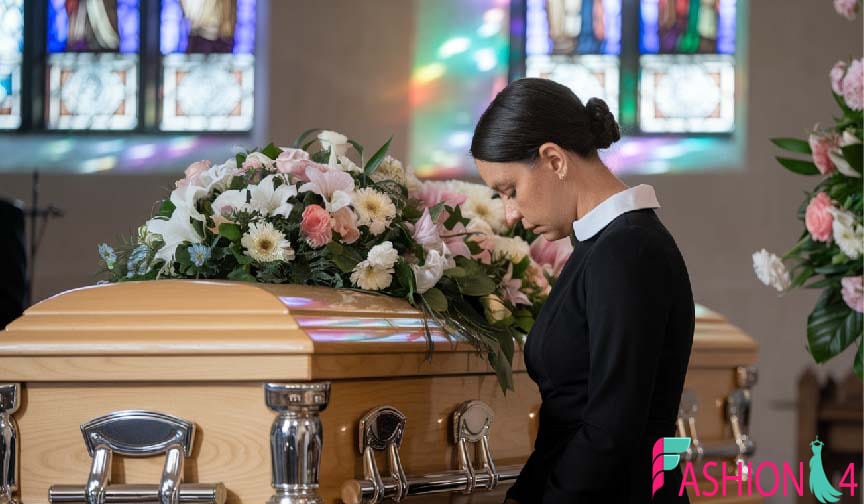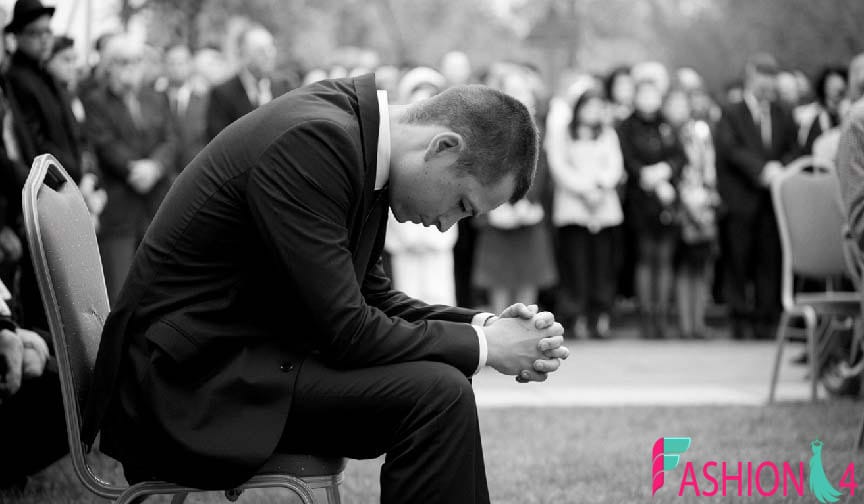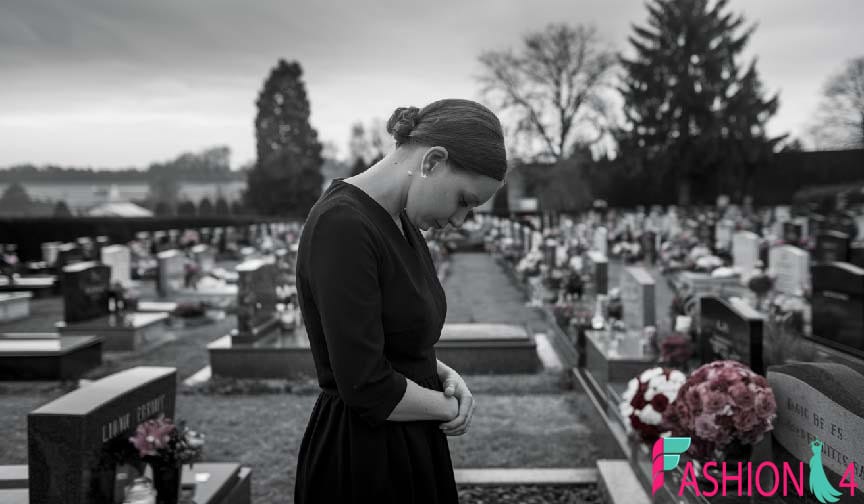
Introduction
Have you ever seen a photograph that feels like it speaks directly to your soul? Mourning art photography does just that. It’s an artistic exploration of grief, love, and remembrance. This powerful genre transforms emotions into visual poetry, offering solace and connection for those who view it.
In this article, we’ll dive into the world of mourning art photography, exploring its origins, techniques, and emotional impact. Let’s uncover how these poignant images help us navigate the complex landscape of grief and healing.
Professional Bio Table
| Name | Notable Work | Influence in Mourning Art |
|---|---|---|
| Julia Margaret Cameron | Victorian portrait photography | Pioneered emotional depth in portraits |
| Sally Mann | Immediate Family series | Explored death and memory in art |
| Andres Serrano | The Morgue | Provocative approach to mortality |
| Dorothea Lange | Migrant Mother | Documented grief in socio-political contexts |
| Sebastiao Salgado | Workers | Showcased hardship and loss worldwide |
| Diane Arbus | Portraiture of marginalized individuals | Captured the human condition |
| Annie Leibovitz | Celebrity portraiture | Memorialized moments of vulnerability |
| Edward Weston | Monochrome photography | Explored textures and lifeless subjects |
| Nick Brandt | Inherit the Dust | Examined environmental loss |
| Joel-Peter Witkin | Surreal and macabre imagery | Highlighted beauty in death |
What is Mourning Art Photography?
Mourning art photography is an artistic style dedicated to capturing grief, loss, and remembrance. Through carefully composed visuals, it gives a voice to the silent pain people carry. This genre often uses symbolic imagery—such as wilted flowers, empty chairs, or desolate landscapes—to evoke deep emotions.
It’s not just about sadness; it’s about storytelling. Every photo tells a tale of a person, moment, or memory. Think of it as a time capsule of emotions, preserved for eternity.
A Brief History of Mourning Photography

The Victorian Era: Birth of Post-Mortem Portraits
During the Victorian era, mourning photography emerged as a way to memorialize loved ones. Families would photograph deceased relatives, often arranging them to appear alive. While this may seem eerie today, it was a meaningful way to preserve their memory.
Modern Interpretations
In modern times, mourning art photography has evolved. Photographers like Sally Mann and Andres Serrano use this medium to confront death and explore its role in our lives. The focus has shifted from post-mortem portraits to symbolic and abstract representations of grief.
Techniques Used in Mourning Art Photography
Lighting and Shadows
The way lighting is designed significantly influences the atmosphere and emotion of a space. Soft, diffused light often conveys a sense of melancholy, while dramatic shadows create a feeling of depth and mystery.
Symbolism and Metaphors
Objects like wilted flowers, broken mirrors, or empty spaces are often used as metaphors for loss. These symbols allow viewers to connect emotionally with the image.
Monochrome Tones
Black-and-white photography is a popular choice in this genre. The absence of color strips the image down to its emotional essence, highlighting textures and contrasts.
Blur and Focus
Selective focus and intentional blurring can guide the viewer’s attention, emphasizing specific elements while creating a dreamlike quality.
The Emotional Impact of Mourning Art Photography
Mourning art photography resonates deeply because it taps into universal emotions. We’ve all experienced loss in some form. These images create a safe space for reflection and connection, reminding us that grief is a shared human experience.
Viewing such art can be cathartic. It allows us to confront our emotions, find comfort in shared experiences, and even heal. Think of it as a visual hug for the soul.
How to Appreciate Mourning Art Photography

Look Beyond the Surface
Don’t just see the image—feel it. What emotions does it evoke? What story does it tell?
Understand the Context
Understanding the photographer’s vision and the story behind the subject can enhance your appreciation on a deeper level. Context adds layers of meaning to the visual narrative.
Reflect on Your Own Experiences
How does the photograph relate to your own journey? Art becomes more impactful when it mirrors our lives.
Famous Mourning Art Photography Works
Sally Mann’s Immediate Family
This series captures moments of childhood, mortality, and memory with haunting beauty.
Andres Serrano’s The Morgue
Serrano’s provocative images confront death head-on, challenging societal taboos.
Dorothea Lange’s Migrant Mother
While not traditionally mourning art, this iconic image portrays the grief of poverty during the Great Depression.
Why Mourning Art Photography Matters Today
In a fast-paced world, mourning art photography forces us to pause and reflect. It reminds us of life’s fragility and the importance of cherishing every moment.
Conclusion
Mourning art photography is more than just a genre—it’s a testament to the resilience of the human spirit. It transforms sorrow into something beautiful and meaningful, offering comfort and connection to those who encounter it.
So, the next time you see a photograph that moves you, take a moment to truly experience it. You might just find a piece of yourself within the frame.
FAQs About Mourning Art Photography
1. What is mourning art photography?
Mourning art photography is a genre that captures themes of grief, loss, and remembrance through symbolic and emotional visuals.
2. Why is black-and-white often used in mourning photography?
Black-and-white tones enhance the emotional impact by focusing on texture, contrast, and mood rather than distractions from color.
3. How does mourning art photography help with healing?
It provides a visual outlet for expressing grief, helping people process emotions and find comfort in shared human experiences.
4. Can anyone practice mourning art photography?
Yes! Anyone with a passion for storytelling and an eye for emotion can explore this genre. It’s about capturing feelings, not just pictures.
5. Where can I find mourning art photography exhibitions?
Many art galleries and online platforms, such as Instagram and specialized websites, showcase this genre. Check local gallery schedules or explore hashtags like #mourningartphotography.
MORE VISIT, Fashion4

